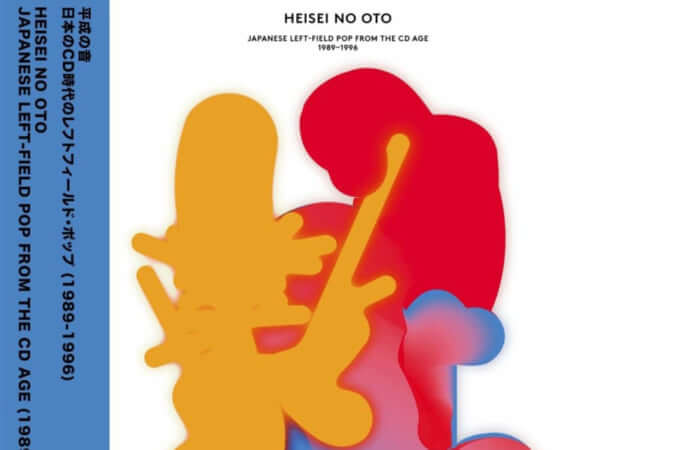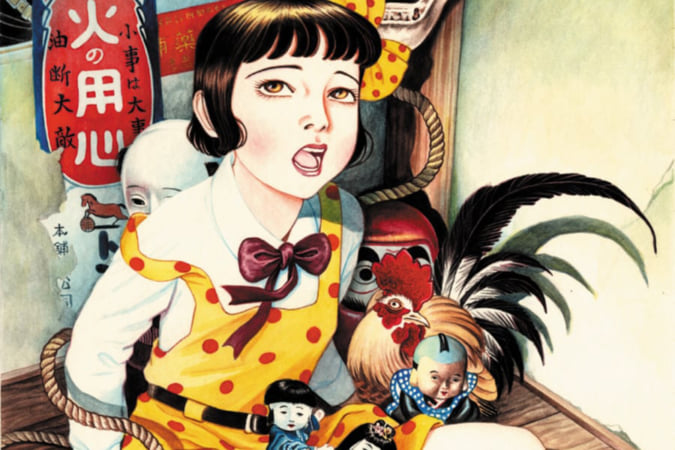Nijiyura, Fabric that Makes an Impression
This dyer creates modern designs on multipurpose cloths using a dyeing technique that dates back two centuries.
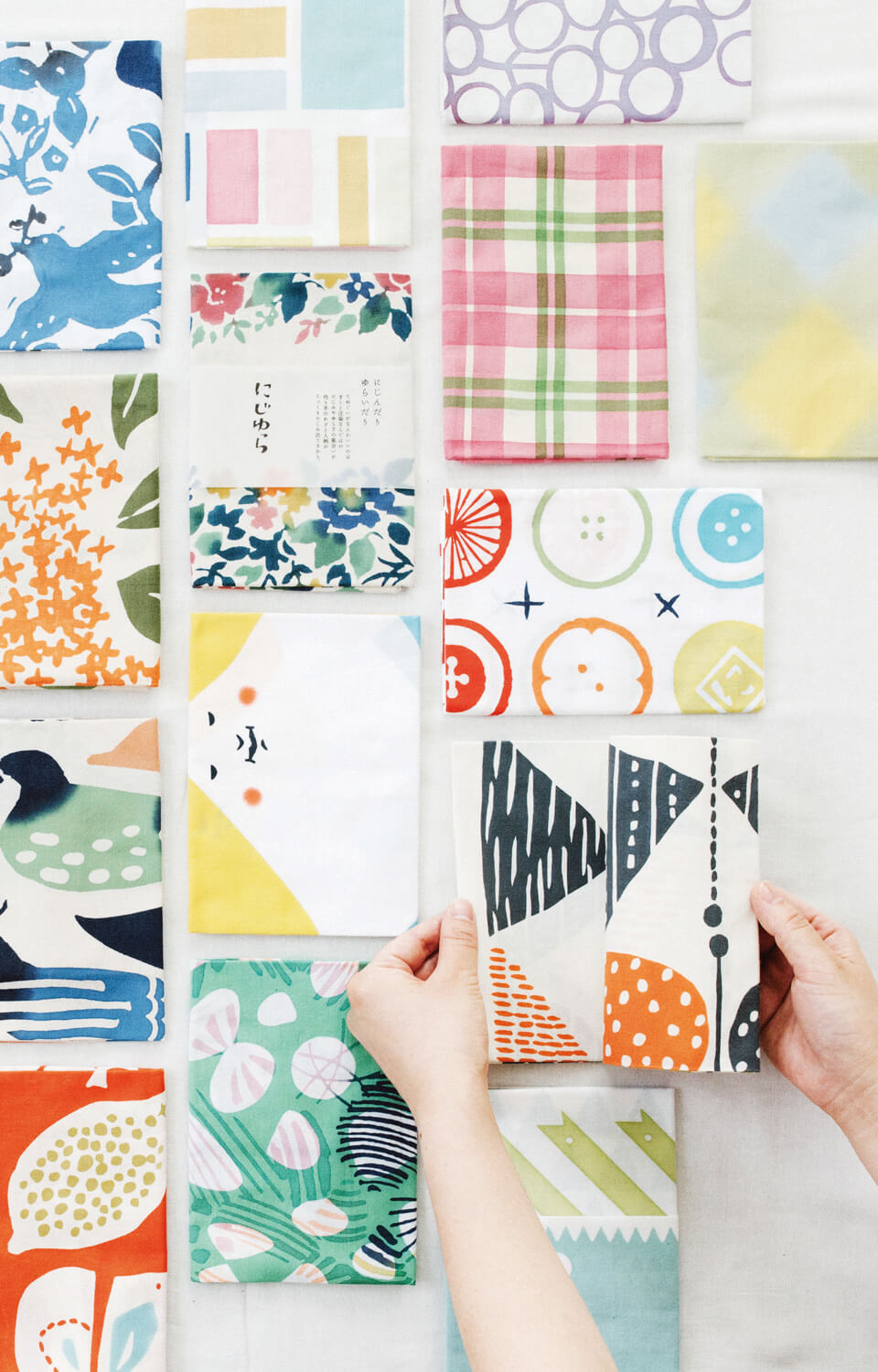
© Nijiyura
Tenugui is a fabric used to wrap around a bento box or to wear around the neck. The product is made by Nijiyura, an Osaka-based dyer. Tenugui has many and varied uses, from the domestic (table runner, towel, wrapping for a lunch box or wine bottle) to the creative, such as a wall decoration or scarf.
Unique fabrics
Nijiyura uses the chusen method, which involves pouring dye onto a piece of 100% cotton cloth called wazarashi (delicate but durable) so that it will be illustrated on both sides. The technique makes it possible to produce up to 40 pieces at a time, with each piece being slightly different to the 39 others.
Given that this technique hasn’t changed in two centuries, how does Nijiyuri’s universe manage to seem so very modern? The factory collaborates with around thirty contemporary artists. Decorated with coloured, poetic patterns, these pieces of fabric are transformed into creations. Need a hand towel? Nijiyura finds art everywhere, even in the everyday.
More information on Nijiyura can be found on its website and its Instagram account.
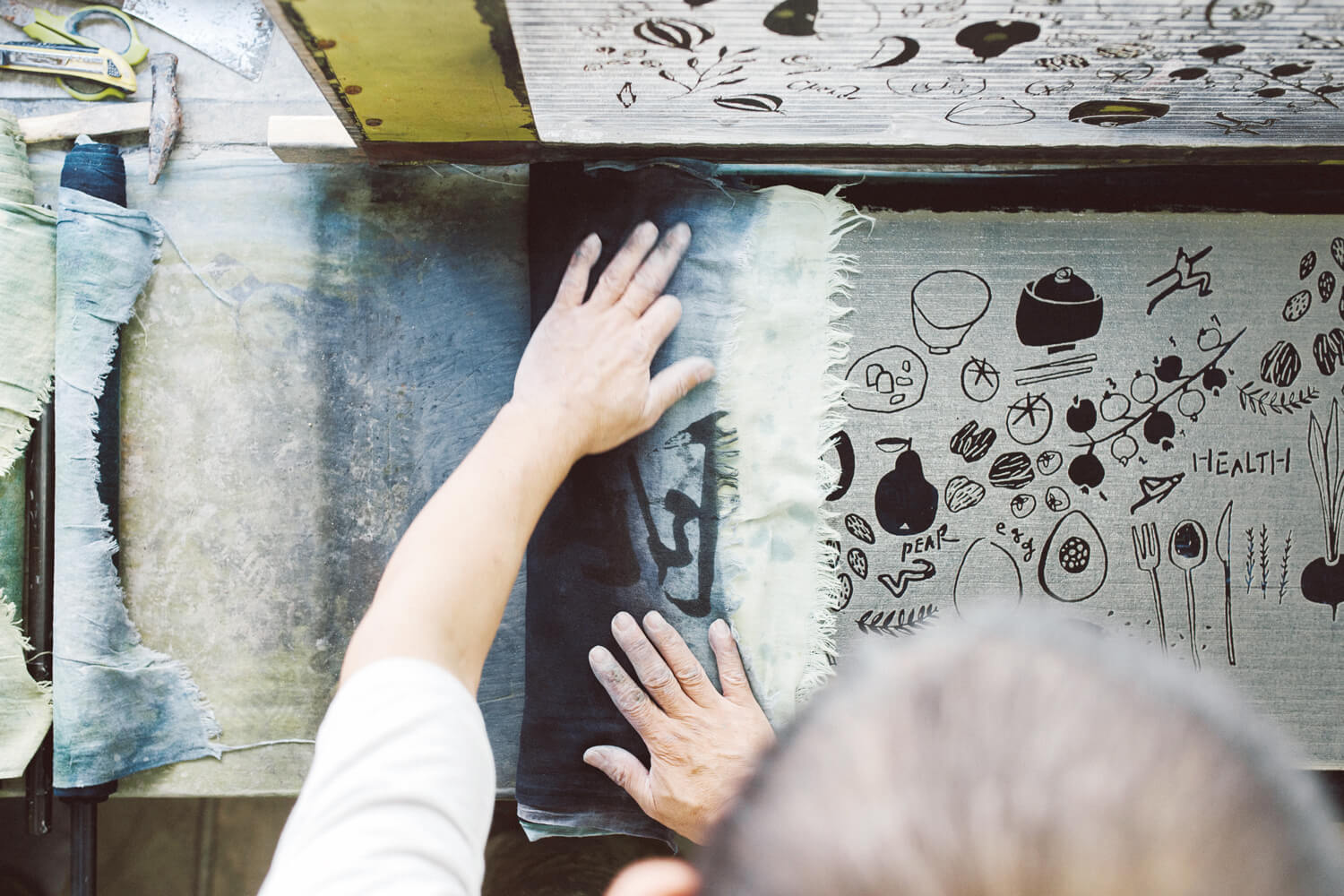
© Nijiyura
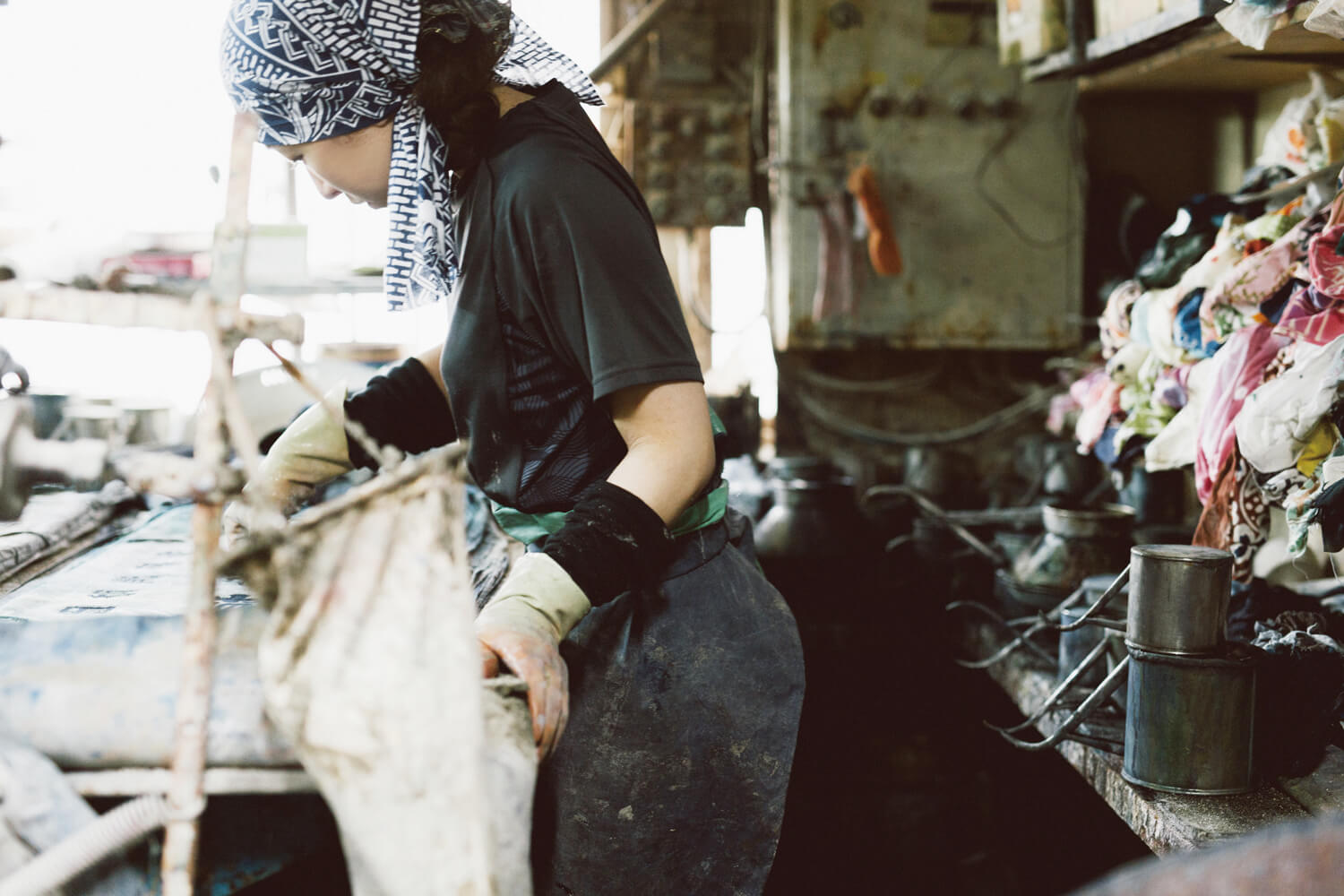
© Nijiyura
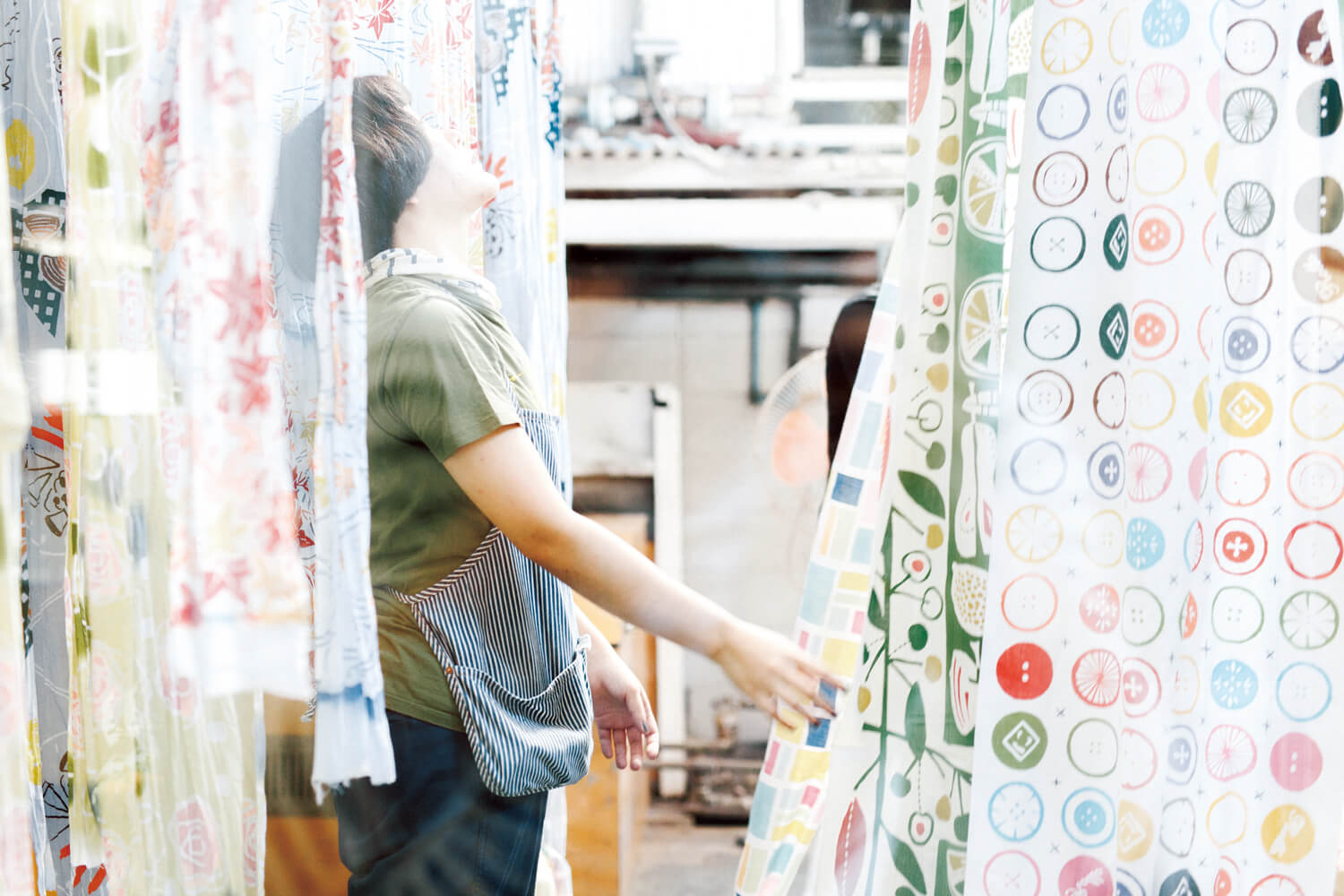
© Nijiyura
TRENDING
-
The Tattoos that Marked the Criminals of the Edo Period
Traditional tattoos were strong signifiers; murderers had head tattoos, while theft might result in an arm tattoo.

-
The Story of Sada Yacco, the Geisha who Bewitched Europe
Described by Dazed magazine as the first beauty influencer, she has been restored to her former glory since 2019.

-
Chiharu Shiota, Red Threads of the Soul
Last year, more than 660,000 people visited the retrospective 'Chiharu Shiota: The Soul Trembles' exhibit at the Mori Art Museum.

-
Japanese Left-field Pop From The CD Age, 1989-1996
‘Heisei No Oto’, a compilation of hidden gems in the unspoken depths of Japanese pop, reveal blissful moment of technological possibility.

-
‘Shojo Tsubaki’, A Freakshow
Underground manga artist Suehiro Maruo’s infamous masterpiece canonised a historical fascination towards the erotic-grotesque genre.




